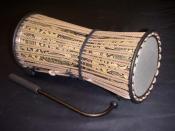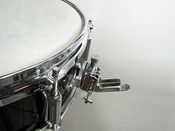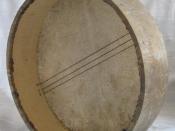Drumming has been part of our daily lives before the flame was found. Hundreds of drumming enthusiasts are taking the world by storm and they are not alone. All major corporations have joined the bandwagon like Toyota, Wesbank and Glaxo to "beat stress" and to build teams with a network of unbounding rhythm.
The very first thing we hear, long before we are born is the rhythmic beating of our mothers heart. Our cells, our organs, our systems operate rhythmically, births are rhythmic events, and so are breathing, walking and digesting food. Western science has proven that we live in a rhythm in which everything in the universe moves in rhythms - every tiny electron, every tree, every planet and every star.
Pre-industrialized societies have always had some instinctive understanding of these pulses and how they interact. Since the 17th century, western scientists too have known about rhythmic entertainment, which is one of the great organizing principles of the world.
Basically, the principle holds that if two similar rhythms are in close proximity they will automatically 'entrain', or fall into synchrony. So if you place two out-of-sync pendulums beside each other, you'll find after a day or so that they are keeping time together.
Encarta defines a Drum as a musical instrument consisting of one or two stretched membranes, called heads, held taut across a bowl-shaped or tubular frame, called a shell, and sounded by percussion; that is, by striking the instrument with the hands or with sticks.
The drum shell holds the skin or skins taut and also acts as a resonator. Drum shells that are basically tubular vary in their actual shape, from cylindrical, as in a bass drum; to barrel shaped, as in some drums of China and India; to goblet shaped, as in the single-headed Middle...


